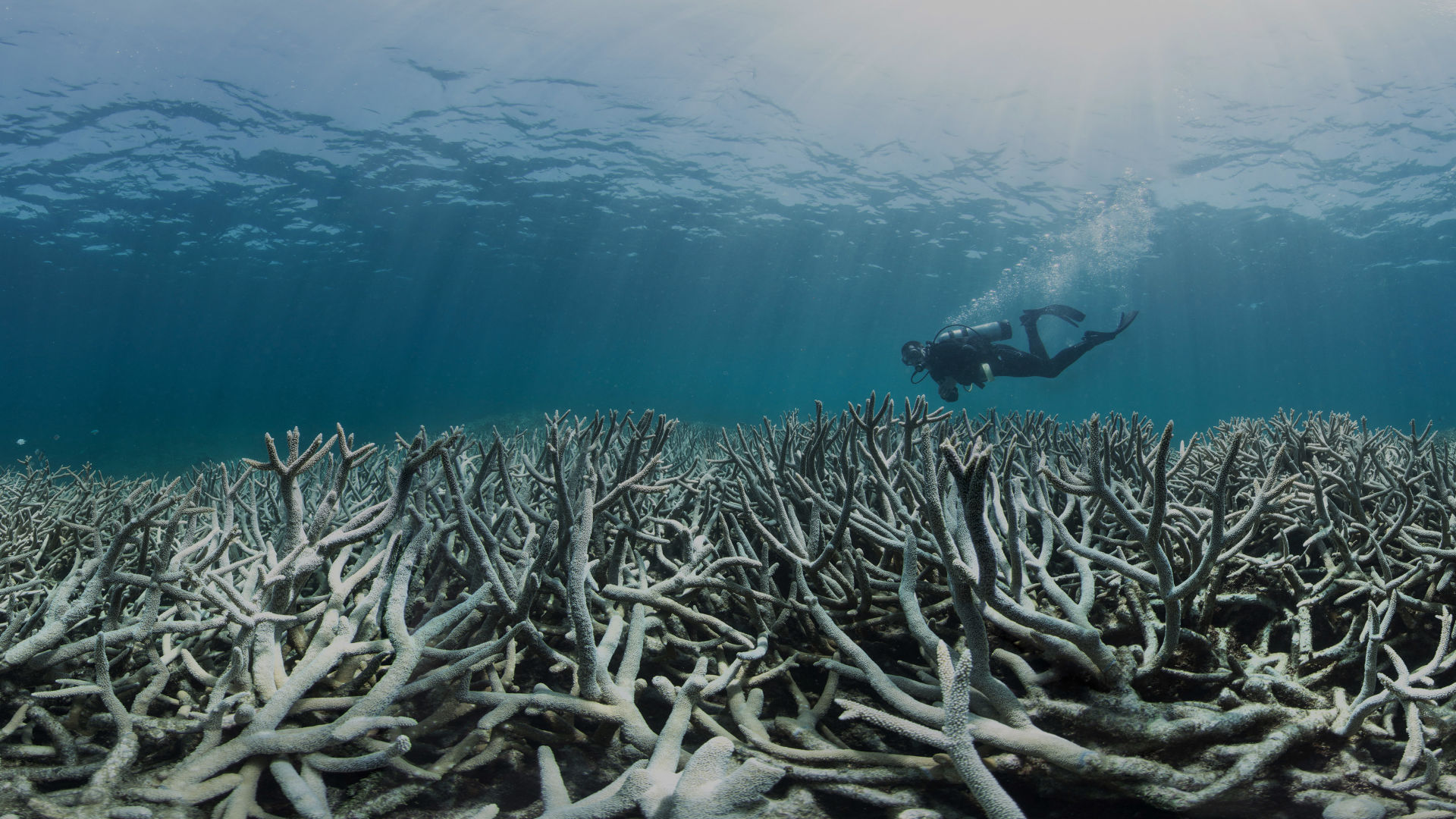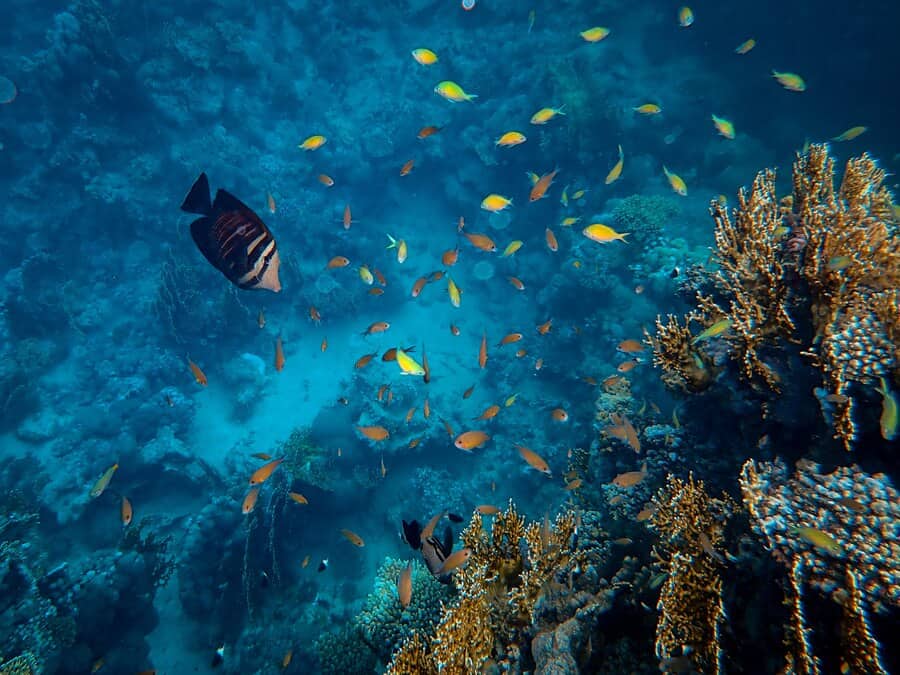The post The Great Barrier Reef’s Fight for Survival: Can Technological Advancements Help? appeared first on TheAussieway.
]]>While the situation is dire, emerging technologies offer hope for its survival. By understanding the reef’s challenges and leveraging innovative solutions, humanity can strive to protect this natural treasure.
What Are the Threats to the Great Barrier Reef?

Image Credit: https://www.barrierreef.org/the-reef/threats/climate-change
The environmental threats to the Great Barrier Reef are multifaceted, with climate change at the forefront. One of the most alarming consequences is coral bleaching. This phenomenon occurs when corals, stressed by rising ocean temperatures, expel the symbiotic algae that provide them with energy and color. Without these algae, corals turn white and become vulnerable to disease and death.
Beyond bleaching, the reef faces a barrage of other challenges. Pollution, especially from agricultural runoff, introduces excessive nutrients into the water, fueling algae blooms that smother corals. Destructive fishing practices, including overfishing and the use of damaging nets, disrupt the ecological balance, further endangering the reef. The accumulation of marine debris, such as plastic, also harms marine life and coral structures. These combined factors exacerbate the already dire situation, making it clear that the great barrier reef threats require urgent attention.
Technological Interventions

Innovative technologies offer a beacon of hope for the Great Barrier Reef. Some key interventions include:
- Assisted Coral Breeding: Scientists are cultivating heat-resistant coral strains in controlled environments. These corals, bred for resilience to warming waters, can be introduced back into the reef to enhance its natural population.
- Coral Restoration: Healthy corals, grown in nurseries or collected from other areas, are transplanted onto degraded reef zones to stimulate recovery and provide a habitat for marine life.
- Advanced Monitoring Systems: Drones, satellite imaging, and underwater robots are employed to monitor reef health, detect bleaching events early, and assess the impact of restoration efforts.
These technologies are transforming the way conservationists approach reef preservation, enabling proactive and targeted interventions.
Innovation for Conservation
The fight to save the reef has spurred a wave of research and development aimed at creating new tools and techniques. Key innovations include:
- Microfragmentation: A technique where corals are broken into tiny fragments to accelerate their growth. This method allows for faster restoration of reef areas.
- Artificial Intelligence (AI): AI models analyze vast amounts of data to identify patterns and predict future risks. This enables proactive measures to mitigate potential threats.
- Underwater Robotics: Robots equipped with AI are deployed to plant corals, clean the seabed, and monitor marine life. These machines enhance the efficiency and precision of restoration efforts.
These cutting-edge technologies underscore the importance of collaboration between scientists, technologists, and conservationists to address the threats to the Great Barrier Reef effectively.
Balancing Technology and Nature

While technological advancements are promising, they are not without limitations. Some interventions, if not carefully managed, could have unintended consequences. For example, introducing genetically modified corals may impact the natural ecosystem in unforeseen ways. Overreliance on technology could also divert attention from addressing root causes, such as carbon emissions and unsustainable practices.
A holistic approach is essential. This involves integrating technological solutions with traditional conservation methods, such as establishing marine protected areas, regulating fishing activities, and reducing pollution. Local communities, Indigenous groups, and policymakers must also be actively involved in crafting and implementing strategies. Their knowledge and stewardship are invaluable in ensuring that efforts align with the reef’s natural dynamics.
Conclusion
The Great Barrier Reef stands at a crossroads. The environmental threats to the Great Barrier Reef are daunting, but technological innovations offer a path forward. Assisted coral breeding, restoration efforts, and AI-driven monitoring are reshaping the conservation landscape. However, true success requires a balanced approach that combines cutting-edge technology with sustainable practices and community engagement. By uniting science, innovation, and traditional wisdom, we can give the Great Barrier Reef a fighting chance to thrive for generations to come.
The post The Great Barrier Reef’s Fight for Survival: Can Technological Advancements Help? appeared first on TheAussieway.
]]>